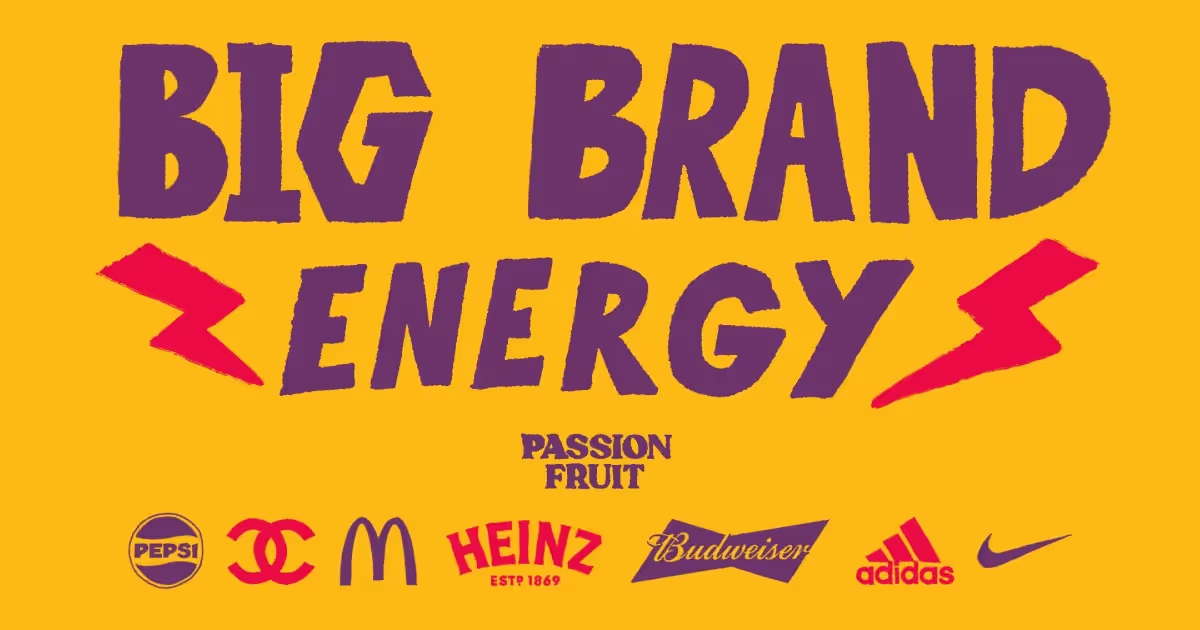That’s what direct-to-consumer (DTC) brands have been doing for the last decade or so. And - thanks to every Google Ads specialist, Facebook Ads specialist and the like - with resounding success.
But if this internet business model has passed you by, let’s take a step back and look at what it is exactly.
DTC (or D2C) is a business model that allows businesses to sell directly to consumers via the internet, negating the need for physical stores, wholesalers, distributors and ecommerce platforms such as Amazon or eBay.

With that being said, DTC businesses benefit both businesses and consumers.
The lack of middle man, operating costs and an internet-first approach result in higher product margins, which are usually passed on as savings for the consumer.
So, there’s no surprise that this business model and associated marketing efforts have grown in popularity.
The rise of DTC; but time for the fall?
Many brands have seen the success and riches from DTC businesses being built right; the usual brands get named and applauded - Dollar Shave Club, Warby Parker, Casper, for example.
But there are new and upcoming brands that are making a name for themselves too, whilst disrupting a range of consumer goods categories.
Leaf Envy is a UK based DTC bringing spaces to life with plants, Monoware offer built-to-last tableware and Callaly are offering organic period products for women.
For these businesses to be sustainable, there is an inherent need to acquire customers.
But the big challenge for DTC brands is how they acquire customers, and at what cost. This is referred to as the customer acquisition costs (CAC), the average price it takes to acquire a paying customer.
Obtaining paying customers with a CAC value lower than the customer lifetime value (LTV) - at scale - is the (simplified) route to profit.
But there is an immediate threat that DTC brands need to be aware of; the rapid rise in customer acquisition costs.
Customer acquisition costs are increasing, but why?
The onset of the global pandemic swiftly impacted business and consumer landscapes. The global population was quickly told to shift to an online-first world, and our consumer habits evolved accordingly.
For DTC brands who were already set up and managing Google Ads, customer relationship management (CRM) platforms etc., this online shift provided great success.
Take Bombas - a US-based apparel DTC brand - who saw revenue increase from $171 to $250 million from 2019 to 2020, respectively.
Or eco-friendly bedwear and linen retailer - Piglet - who saw a 195% year-on-year increase in sleepwear during the first couple of months of the pandemic - with other product categories also exceeding 100% growth over the same period.
But now it isn't just DTC brands competing for online customer attention. Almost every consumer goods company is more focused at driving online sales - and equipped with a Facebook or Google Ads specialist, or even a Google Ads certified professional - as footfall to physical locations remains at an all time low.
And as demand for online customer attention continues to challenge the supply of advertising opportunities on every major advertising platform, prices have increased and campaign performance has suffered.

This has led to a price hike in channels that DTC have previously exploited well; Google Ads skills, Facebook Ads and Instagram Ads, as well as influencer marketing.
Therefore, for DTC brands to remain competitive and profitable in 2022 and beyond, finding a way to lower CAC prices should be prioritised.
Combating rising CAC expenses
The good news for growing DTC brands is that there are many possible opportunities that can help negate rising acquisition costs in your Facebook or Google Ads account. Here are some examples and case studies of lowering customer acquisition cost.
DTC moving offline
Throughout this article I’ve reiterated the benefits of an online-only approach for DTC brands (best led by a Facebook or Google Ads certified specialist) but let's revisit the traditional consumer purchasing approach.
Revenue generated by physical stores is at an all time low, and traditional retail executives are keen to maximise revenue and retain footfall traffic through new product offerings. This gives the perfect opportunity to DTC brands time to get premium shelf space - at cheaper rates - to drive brand awareness.
In the U.S, this type of omnichannel selling has started to take off.
For example, Quip - an oral care brand - reached a wholesale deal with Target to make their products accessible across 1,800 Target stores.
Whilst Canadian DTC brand Kohara + Co went one step further and opened up their own dedicated store in Ontario.
Customer referrals
Traditional online marketing channels usually involve SEO, Google ads campaigns, social media marketing, email etc. But one form of marketing that is becoming increasingly common is that of customer referrals.
The principle is simple; use existing customers to acquire new customers, in exchange for offering discounts, exclusive offers or free products. This method works well because your existing customers turn into brand advocates and aid your brand with lucrative word-of-mouth marketing.
A brand that has done this successfully is Nuuly, a clothing rental subscription service. The referral program generated over 2,500 new subscribers, increasing the overall active customer base through customer referrals.
Affiliate marketing
A similar, but more traditional approach comes in the form of affiliate marketing.
Rather than using your existing customers to attract new customers, brands incentivise publishers and influencers to refer paying customers on a pay-per-play type of approach.
This method is effective because it increases the number of impressions for your target audience. From a business point of view, you are also in control of the referral rate, and you only pay out once a new customer spends money.
An example of this marketing channel in action is from meal-kit delivery service HelloFresh, who reward affiliates that generate new customers through their first box free offer.
But even if you don’t achieve as many new customers as you would hope for via affiliate marketing directly, you are still increasing the number of opportunities that customers are exposed to your brand, which may indirectly help with future customer acquisitions.
User-generated content
It’s common to see user-generated content on most DTC websites, in the form of reviews, testimonials or even a trustpilot rating. But DTC brands should look to incorporate UGC into their marketing channels.
A brand that has done this well is activewear brand Outdoor Voices with the creation of their content hub resource The Recreationalist.
This opportunity has allowed the brand to showcase their existing customers but also engage customers in a two-way conversation.
Payment plans
For ecommerce shoppers, there are more ways than ever to pay for goods and services over traditional card payment methods. Brands such as Klarna, Affirm and SplitIt allow customers to split their total bill into smaller, ongoing monthly payments.
Not only is this beneficial to the customer, but businesses typically see higher average order values with a higher conversion rate.
For example, DTC sock brand ONDO implemented Shopify’s Shop Pay Installment option and saw an increased customer conversion rate of 28%.
Conclusion
The DTC business model is one that has seen a rise in popularity over recent years, and with ongoing uncertainty around the retail industry in wake of the global pandemic, it is a model that looks to continue to grow.
But with more competition comes increased difficulty to acquire customers, profitably. Finding alternative methods to acquire new customers looks to be the way for DTC to grow to success.







